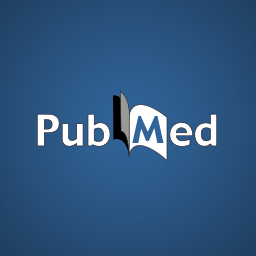Antrodia cinnamomea, a medicinal mushroom, has previously demonstrated anti-inflammatory activity, although the specific compound responsible for the effect remains unclear. The present study was designed to investigate the anti-inflammatory property of antrolone, a novel benzoid derived from A. cinnamomea mycelium, and to clarify the underlying mechanisms of action. To this end, murine macrophage RAW264.7 cells were treated with antrolone (0.1-30[Formula: see text][Formula: see text]M) 30[Formula: see text]min prior to stimulation with lipopolysaccharides (LPS, 0.1[Formula: see text][Formula: see text]g/ml) for 24[Formula: see text]h. Cell viability, nitric oxide (NO) and prostaglandin E2 (PGE2) production, levels of pro-inflammatory cytokines and chemokines, and the signaling pathways involved in the inflammatory cascades were then investigated. Our results show that antrolone significantly decreased LPS-induced NO, PGE2, pro-inflammatory cytokine, and keratinocyte chemoattractant CXCL1 (KC) production and reduced levels of the proteins inducible NO synthase (iNOS) and cyclooxygenase-2 (COX-2). These effects were independent of the effect of antrolone on macrophage cytotoxicity. Moreover, antrolone significantly inhibited the activation of the NF[Formula: see text]B, MAPK, and AKT pathways, while it increased nuclear factor erythroid-2-related factor (Nrf2) and heme oxygenase-1 (HO-1) levels. Our findings suggest that antrolone exhibits potent anti-inflammatory activity and may, therefore, be a lead compound for the development of an anti-inflammatory drug.




